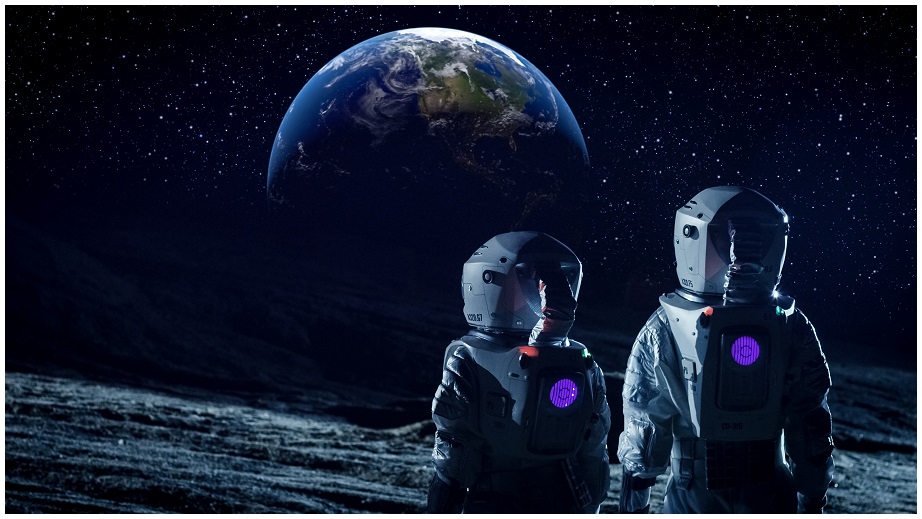Humans could soon be returning to the moon – this time on a more permanent basis – after NASA called for more funding to fast-track its ambitious Moon to Mars program.
On top of its previous budget request of $US21 million, NASA is looking for another $US1.6 billion to help develop the rockets and lander that will take the first woman and the next man to the lunar surface.
(For comparison, the Australian Space Agency was given initial funding for $AU41 million over four years).
NASA’s budget proposal comes less than two months after vice president Mike Pence set the 2024 deadline.
“It is the stated policy of this administration and the United States of America to return American astronauts to the moon within the next five years,” said Pence at a National Space Council meeting on March 26.
Recently named Artemis (after the sister of Greek god Apollo), the latest journey to the moon is NASA’s most ambitious project yet and will pave the way to landing humans on Mars.
“We will go with innovative new technologies and systems to explore more locations across the surface than was ever thought possible,” said NASA administrator Jim Bridenstine.
“This time, when we go to the moon, we will stay.”
Moon to Mars
The first phase of Moon to Mars is establishing a continued presence on our nearest celestial neighbor – a feat slated to be completed by 2028.
NASA’s new Space Launch System can help the Orion space craft reach speeds of around 40,000 km/h and will be capable of reaching orbits well beyond the moon.
Unlike the Apollo missions that used a single modular spacecraft to deliver its payload of astronauts, Artemis will include a permanent lunar orbiter called the Lunar Gateway.
Like the International Space Station (ISS) – albeit on a much smaller scale – the Lunar Gateway will be a docking port for space craft that can house astronauts and science experiments.
No one has stepped foot on the moon since the Apollo 17 mission in 1972.
Small Business Innovation Research
In order to meet its 2024 landing deadline, NASA is outsourcing research and development for space-age technology.
Firms around the US will receive part of $US106 million from the Small Business Innovation Research program to support their work in areas like habitation, robotics, propulsion, deep-learning and functions critical to success.
“Small businesses play an important role in our science and exploration endeavors,” said Jim Reuter, acting associate administrator of NASA’s Space Technology Mission Directorate.
“NASA’s diverse community of partners, including small businesses across the country, helps us achieve our mission and cultivate the US economy.”
The proposals had a wide range of applications like venetian blind-style solar panels, high resolution x-ray equipment to analyse rocks and core samples, and technologies for managing autonomous aircraft.










